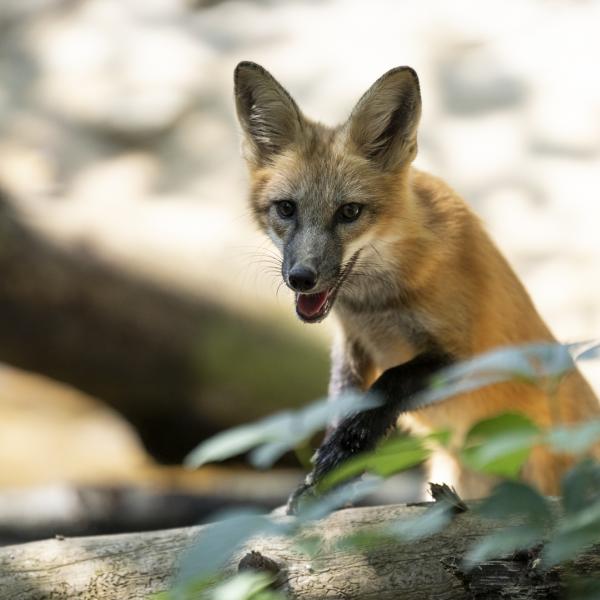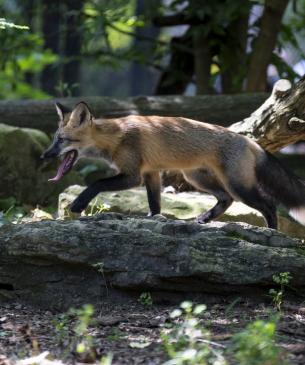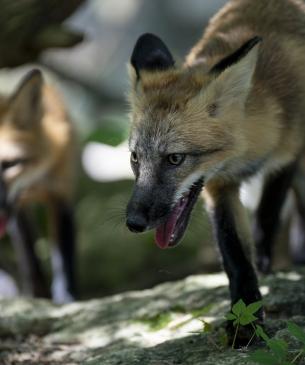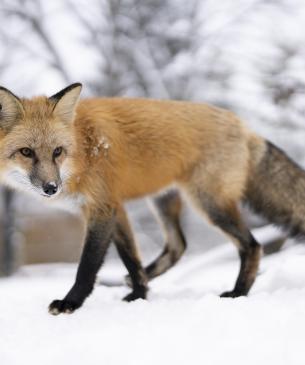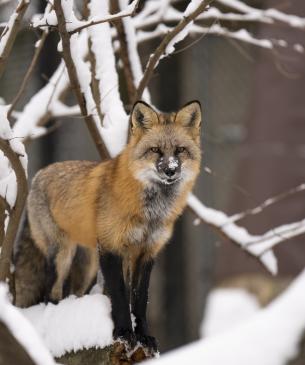Foxes are found in a wide variety of habitats, including forests, tundras, prairies, mountains, farmlands, and urban areas.
Red foxes come in different colors, such as red, black, gray, and silver. The lower part of their legs is usually black, and their tails have either a white or black tip. They have special glands in their tails that release a smell similar to that of a skunk. Foxes use this scent to communicate and mark their territory.
Males are slightly larger than females. Red fox populations in southern deserts and North America tend to be smaller compared to those found in Europe.
Scientific Name: Vulpes vulpes
Conservation Status: Least Concern
Size: Body length of 22 to 25 inches, with a tail about 14 to 16 inches long
Weight: Ranges from 8 to 30 lbs.
Median Life Expectancy: Not Enough Data

